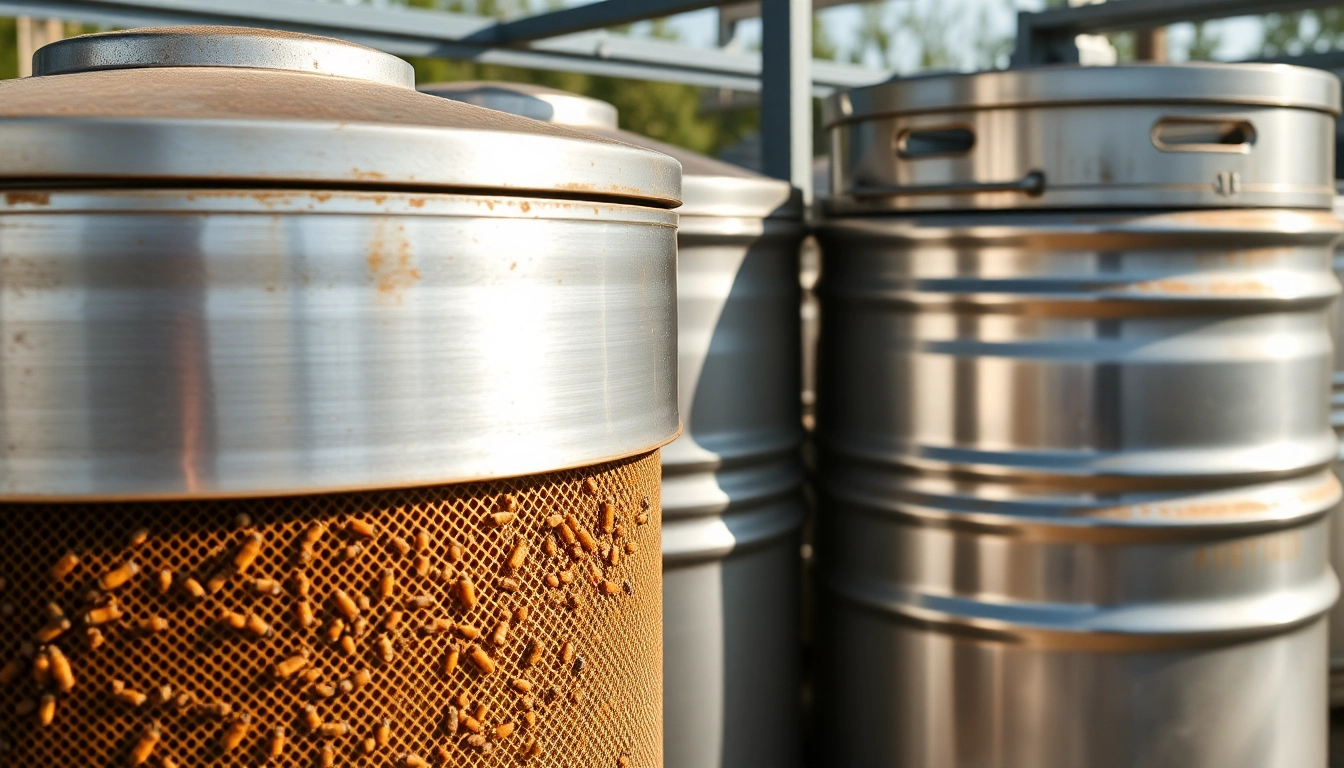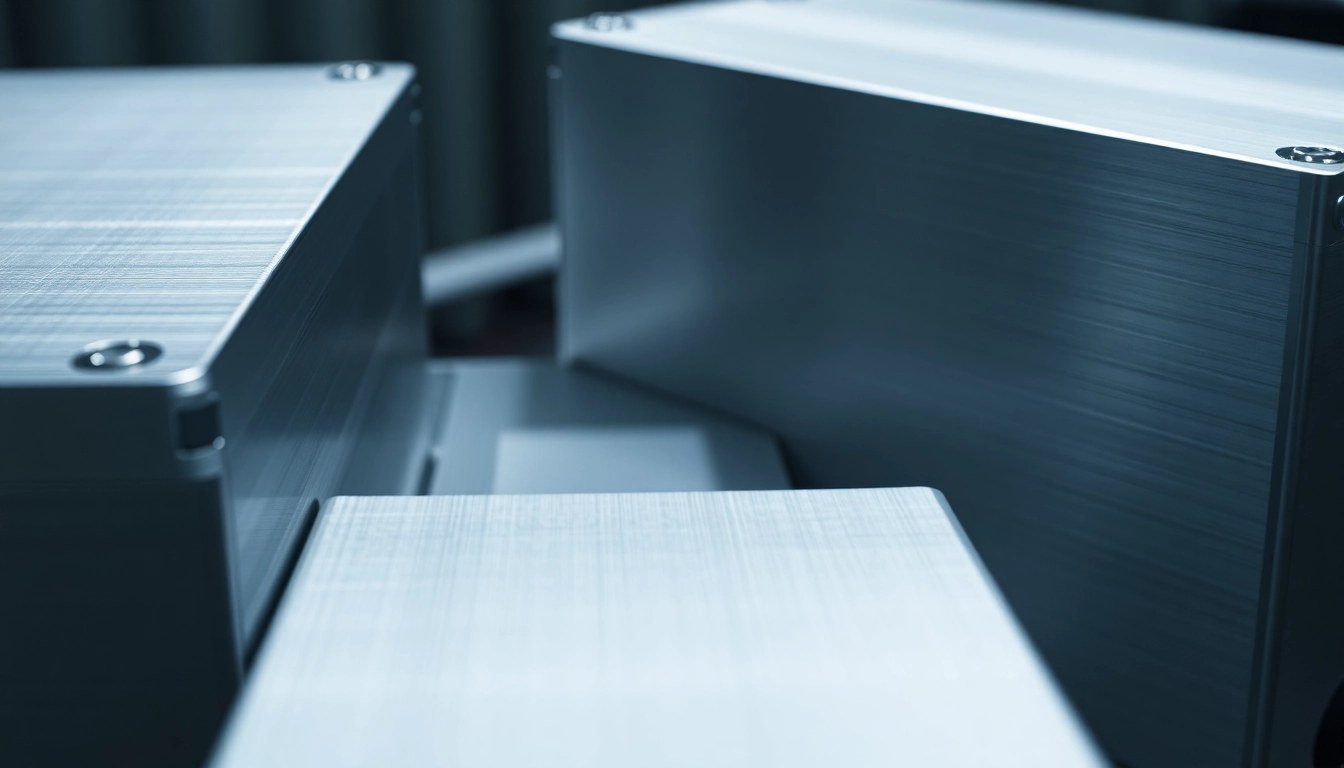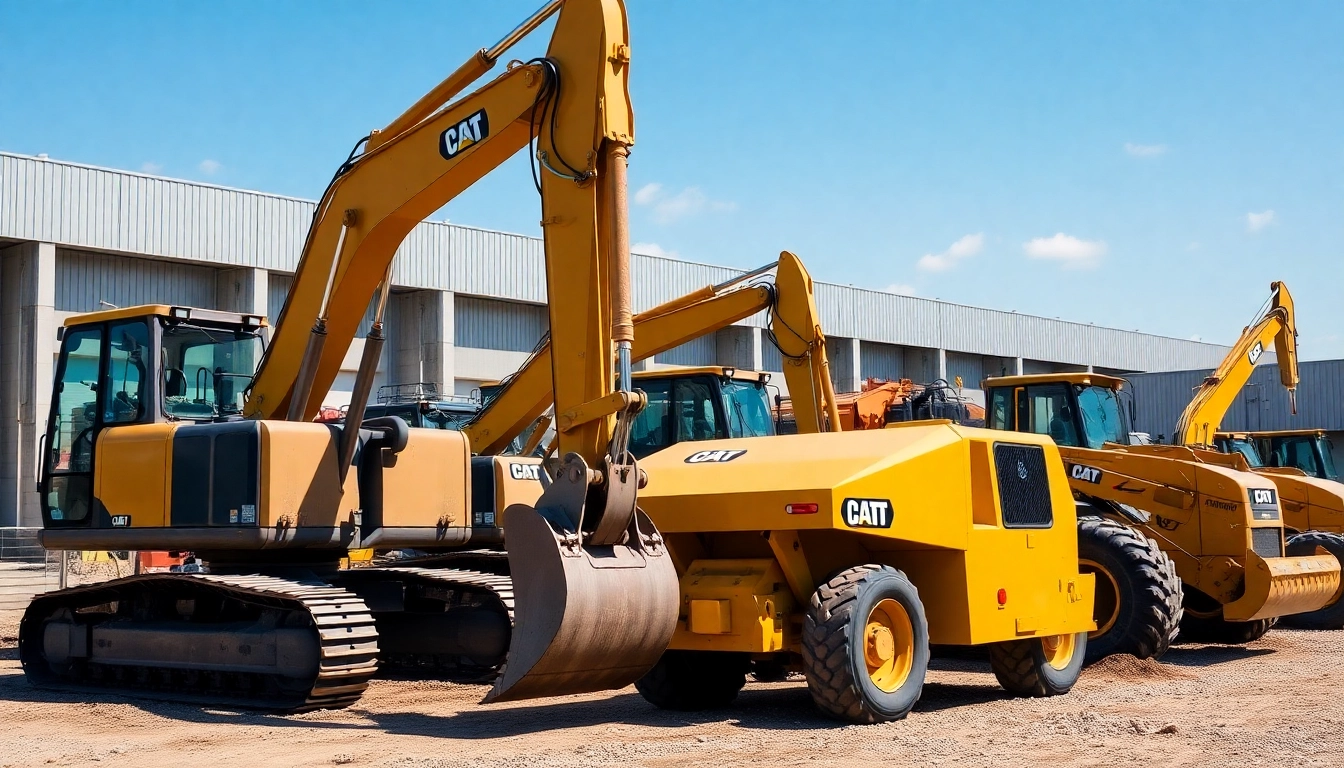Introduction to the Essential Materials and Machinery for Beekeeping
Beekeeping, or apiculture, is a nuanced craft that combines biological understanding with technical expertise. The success of a healthy and productive apiary depends heavily on selecting the appropriate equipment and materials. From basic protective gear to high-capacity storage solutions, the right tools enhance efficiency, ensure safety, and uphold the quality of honey and other hive products. Optimizing your apiary setup with reliable material y maquinaria para apicultura ensures sustainable operations whether you’re a hobbyist or a professional apiarist.
The Importance of Proper Equipment in Apiary Management
In apiculture, equipment quality directly influences colony health, product quality, and operational efficiency. Proper equipment minimizes stress on bees, prevents disease spread, and facilitates smooth handling of hive products. Investing in durable, well-designed materials like stainless steel supports hygiene and longevity, while specialized machinery accelerates processes like honey extraction. Notably, choosing the right tools can make a significant difference in ensuring productivity and profitability.
Types of Basic Materials and Their Functions
Basic apicultural materials serve different functions: protective, manipulative, and storage. Protective gear such as suits, gloves, and veils guard beekeepers from bee stings. Handling tools like hive tools and brushes assist in managing colonies without disturbing the bees excessively. Storage solutions including food-grade drums and cubs preserve honey, pollen, and other hive products. The combination of these foundational materials creates an effective framework for safe and efficient apiary management.
Primary Machinery for Efficient Hive Management
Beyond basic tools, investing in machinery such as honey extractors, dehumidifiers, and pasteurizers elevates productivity. Extractors, whether manual or electric, streamline honey harvesting. Dehumidifiers help maintain optimal hive conditions, especially in humid climates. Automated equipment like envasadoras simplifies packaging, while pumps facilitate the transfer of honey and other liquids. These machinery options are crucial for scaling operations while maintaining the highest standards of quality.
Specialized Equipment for Honey Production and Storage
High-Capacity Storage: 300kg and 75kg Food-Grade Drums
Efficient honey storage is vital, especially when dealing with large volumes. Premium-grade material y maquinaria para apicultura includes 300kg and 75kg drums designed explicitly for food storage. These drums are constructed with stainless steel or high-density polyethylene, ensuring contamination-free preservation. Their wide mouths and secure lids facilitate handling, cleaning, and filling, promoting hygiene and ease of use in commercial settings.
Antigoteo Stainles Steel Supports and Honey Cubes
Antigoteo inoxidable (drip-proof stainless steel supports) are indispensable for maintaining cleanliness during honey transfer or bottling. They prevent spillage, reduce wastage, and protect the honey from external contaminants. Honey cubes or basins, such as cubo metálico para miel 25kg, serve as intermediate containers during extraction, helping organize the workflow from hive to storage. These components ensure a hygienic process and preserve honey’s purity.
Tools for Efficient Honey Extraction and Processing
Efficient honey extraction relies on tools like cedazos for straining and sealtight fittings to secure containers. Cedazos facilitate filtering out wax, bee parts, and debris during honey collection, ensuring clarity and quality. Additionally, specialized fitted seals on drums prevent leaks and preserve freshness during transportation and storage. Employing these tools reduces process time and maintains the product’s integrity, which is fundamental for commercial operations.
Choosing Materials and Machinery Based on Scale and Purpose
For Beginners versus Professional Beekeepers
Small-scale beekeepers often start with basic protective gear, manual tools, and small capacity containers. As operations grow, transitioning to larger drums, automated extractors, and durable stainless steel components becomes cost-effective and scalable. Professional apiarists prioritize machinery that enhances efficiency, compliance with quality standards, and durability to handle high-volume production.
Smart Investment in Durable and Efficient Equipment
Investing in high-quality machinery, such as stainless steel honey tanks and industrial-grade extractor units, ensures long-term reliability. These investments might require a higher initial cost but yield savings over time due to reduced maintenance and downtime. Additionally, choosing machinery that is compatible with automation can significantly boost productivity, especially during peak harvest seasons.
Leveraging Advanced Technology for Process Optimization
Advancements like automated honey extraction systems, temperature-controlled storage units, and digital monitoring tools allow beekeepers to optimize hive conditions and maximize yields. Incorporating these technologies not only improves efficiency but also aligns with certifications demanding traceability and quality assurance, ultimately elevating the commercial value of honey products.
Best Practices for Maintenance and Proper Use of Equipment
Cleaning and Conservation Procedures
Regular cleaning with food-safe disinfectants ensures machinery remains hygienic, preventing contamination and disease. Stainless steel components are especially resistant to corrosion and easier to sterilize. Implementing standard cleaning protocols post-harvest and during seasonal downtime prolongs equipment lifespan and maintains product quality.
Safety Protocols for Handling Industrial Equipment
Proper training in safety practices, such as using protective gear during machinery operation and adhering to manufacturer instructions, reduces accidents. Ensure all electrical machinery is grounded and regularly inspected to mitigate risks. Clear signage and safety instructions should be prominently displayed in work areas.
Strategies to Extend Equipment Lifespan
Preventive maintenance, including lubrication of moving parts and timely replacement of worn components, preserves equipment functionality. Additionally, storing machinery in sheltered environments protects it from weather elements. Adopting these practices minimizes unscheduled breakdowns and supports cost-effective operations.
Regulations, Certifications, and Good Practices in Equipment Selection
Standards in Quality for Apiary Products
Choosing machinery that complies with national and international quality standards (e.g., ISO certifications, CE marking) ensures the equipment meets safety and hygiene benchmarks. Certification ensures equipment durability and facilitates export opportunities for honey producers.
Relevant Certifications for Equipment Manufacturers
Look for manufacturers with proven compliance to food safety standards, producing machinery with traceable quality controls. Certifications from recognized bodies and adherence to Good Manufacturing Practices (GMP) increase trustworthiness and product integrity.
Guidelines for Selecting Reputable Suppliers
Select suppliers with established track records, positive customer reviews, and transparent quality assurance processes. Request detailed specifications, warranty terms, and technical support services. This strategic approach ensures long-term collaboration and reliable equipment performance.



